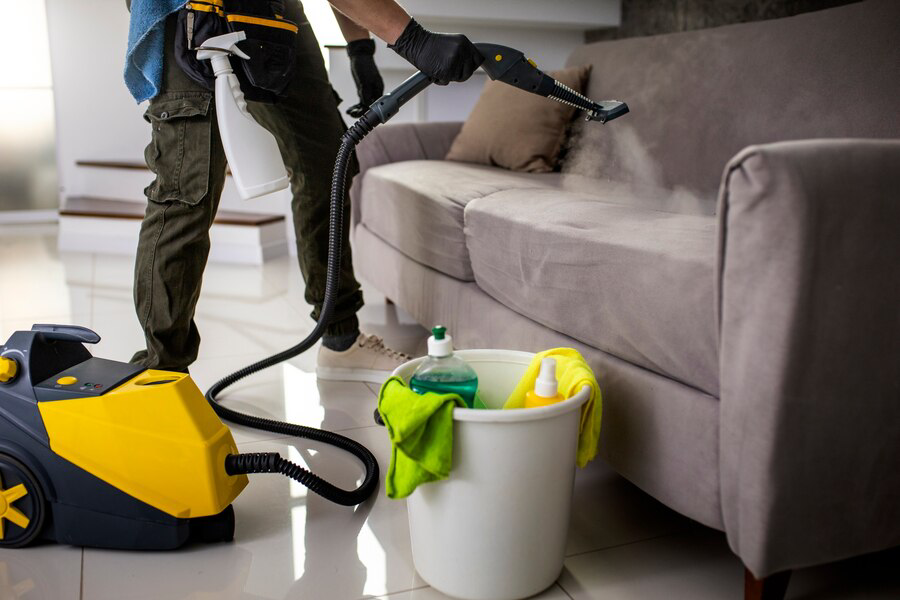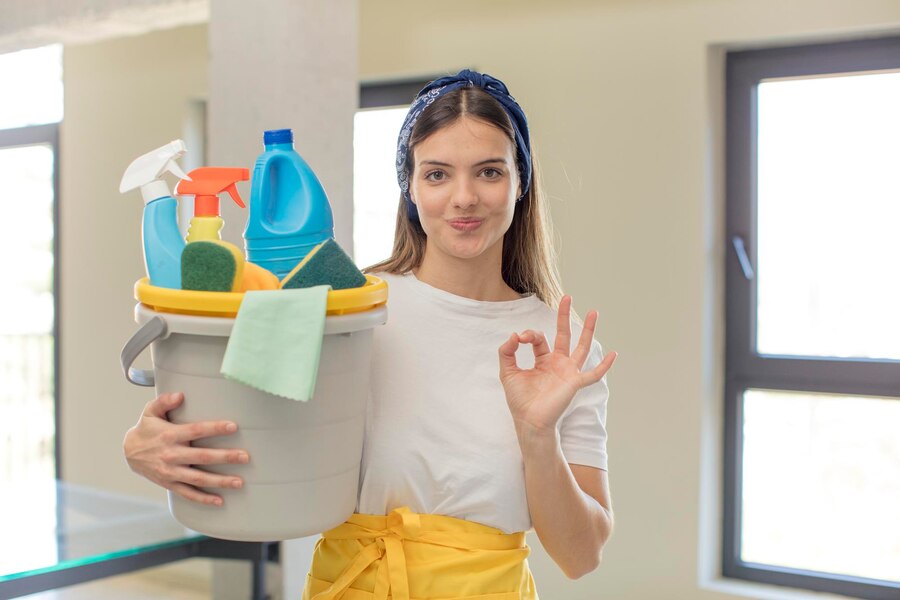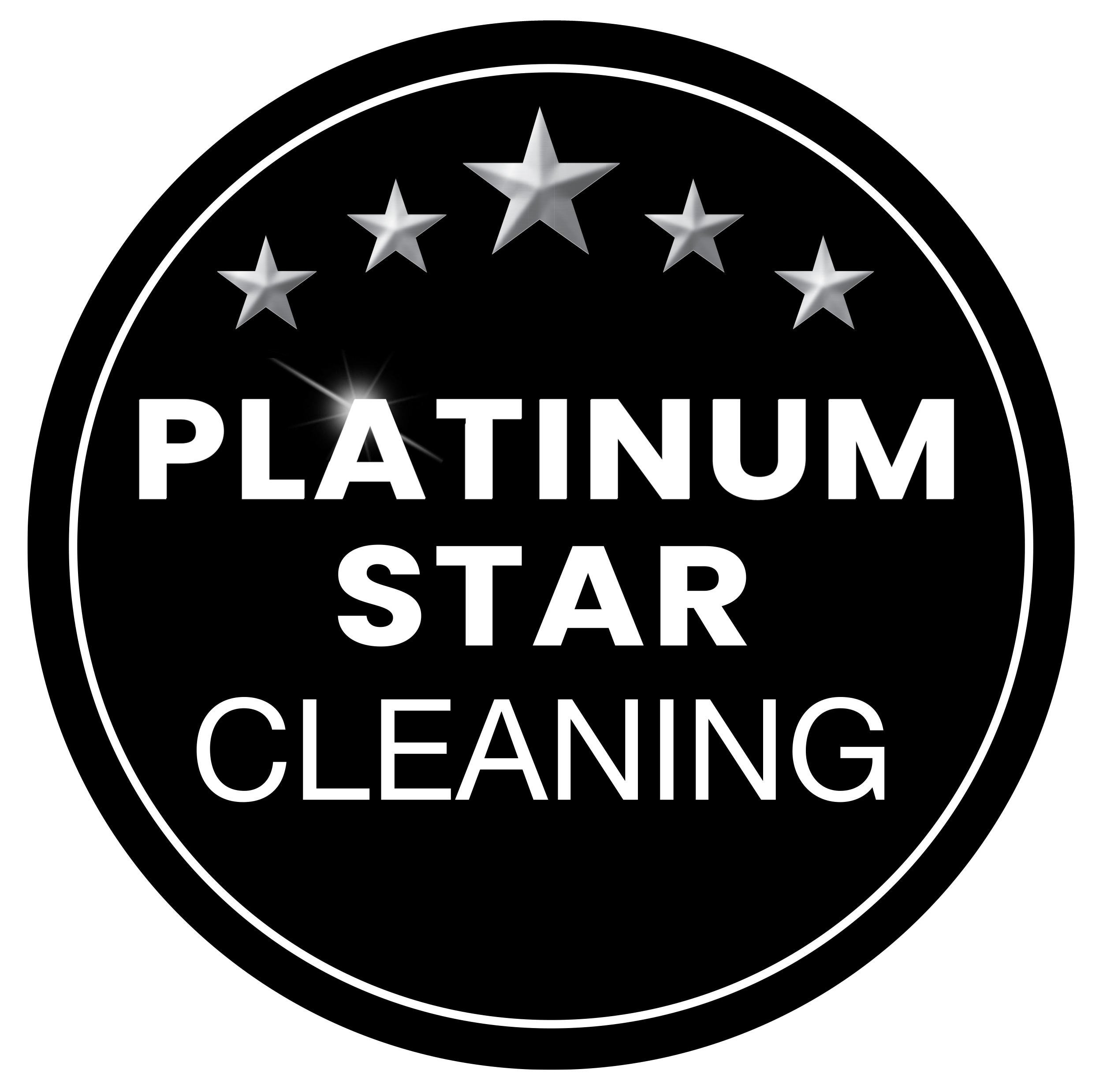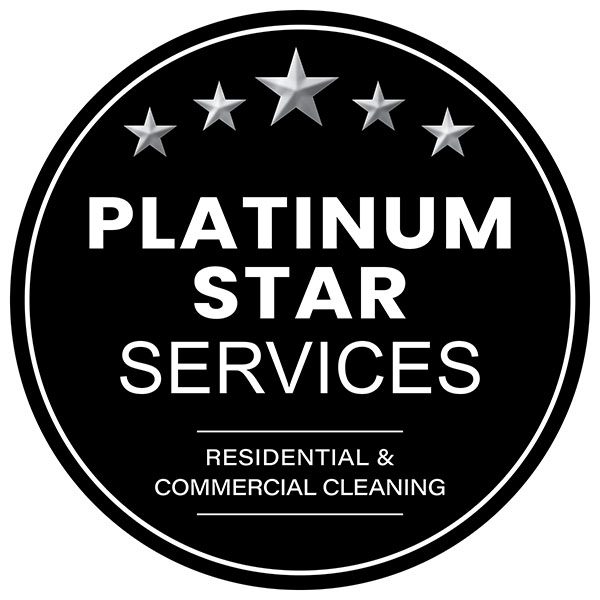Say goodbye to germs with the power of regular surface cleaning. In today’s fast-paced world, maintaining cleanliness isn’t just about appearances—it’s about safeguarding our health. From door handles to kitchen counters, surfaces harbor unseen threats that can compromise our well-being.
In this blog, we delve into the critical importance of consistent surface cleaning, exploring its profound impact on preventing illnesses and promoting overall hygiene. Whether it’s in our homes, workplaces, or public spaces, adopting effective cleaning habits is paramount in the fight against germs.
Join us as we uncover the science behind surface cleanliness and discover practical tips for keeping these microbial menaces at bay. Get ready to embrace a cleaner, healthier lifestyle—one wiped surface at a time.
Understanding the Microbial Landscape
In our everyday environments, a diverse array of microbes exists on surfaces, ranging from harmless bacteria to potentially harmful pathogens. Understanding this microbial landscape is crucial for recognizing the importance of regular surface cleaning. While some microbes are essential for our health, others can cause illnesses if allowed to proliferate unchecked. By comprehending the types of microbes present on surfaces, we gain insight into the potential risks they pose and can tailor our cleaning practices accordingly. Armed with this knowledge, we can better appreciate the significance of maintaining clean surfaces to mitigate the spread of harmful microorganisms.
The Role of Surfaces in Disease Transmission
Surfaces serve as key players in the transmission of diseases, acting as conduits for the transfer of pathogens from one individual to another. When contaminated surfaces are touched, the pathogens they harbor can be transferred to the hands and subsequently to other surfaces or into the body through mucous membranes like the eyes, nose, or mouth. This mode of transmission underscores the critical role surfaces play in the spread of infectious diseases such as colds, flu, and gastrointestinal illnesses. Recognizing this role underscores the necessity of regular surface cleaning as a fundamental measure in disease prevention.
Risks Associated with Neglected Surface Cleaning
Neglecting regular surface cleaning poses significant risks to both individual health and public well-being. When surfaces are left uncleaned, they become breeding grounds for harmful microorganisms, including bacteria, viruses, and fungi. These pathogens can persist on surfaces for extended periods, increasing the likelihood of transmission to individuals who come into contact with them. Failure to address this risk not only jeopardizes personal health but also contributes to the spread of infectious diseases within communities. Additionally, neglected surface cleaning can lead to the accumulation of dirt, grime, and allergens, exacerbating respiratory issues and allergies among occupants.
Benefits of Consistent Surface Disinfection
Consistent surface disinfection provides numerous benefits for health and well-being. By eliminating pathogens, it reduces the risk of illness transmission and prevents the emergence of antimicrobial-resistant strains. Clean surfaces also enhance the overall appearance of environments, promoting comfort and security. Through these advantages, regular disinfection creates healthier and safer spaces for living, working, and socializing.
Preventing Illnesses
Regular disinfection helps prevent the spread of illnesses by killing or removing harmful pathogens from surfaces, reducing the risk of infection for individuals who come into contact with them.
Promoting Hygiene
Surface disinfection promotes hygiene by creating cleaner environments that support good health practices and reduce the transmission of germs and bacteria.
Enhancing Safety
By reducing the microbial load on surfaces, consistent disinfection enhances safety in both residential and commercial settings, minimizing the risk of contamination and illness outbreaks.
Improving Overall Well-being
Maintaining clean and disinfected surfaces contributes to a sense of well-being among occupants, fostering environments that are conducive to health, productivity, and comfort.

Effective Cleaning Techniques for Different Surfaces
Effective cleaning techniques for different surfaces require careful consideration of the material and characteristics of each surface to achieve optimal results. Here’s a comprehensive approach to cleaning various surfaces:
1. Hard Surfaces (e.g., Countertops, Floors):
- Use a mild detergent or all-purpose cleaner to remove dirt and stains.
- Scrub surfaces with a sponge or cloth, paying attention to crevices and corners.
- Rinse with water and dry thoroughly to prevent water spots or streaks.
- For disinfection, apply an appropriate disinfectant spray or wipes and allow it to dwell for the recommended contact time.
2. Glass and Mirrors:
- Use a glass cleaner or a solution of vinegar and water for streak-free cleaning.
- Spray the cleaner directly onto the surface or onto a cloth to avoid overspray.
- Wipe the surface with a lint-free microfiber cloth in circular motions for a polished finish.
3. Wood Surfaces (e.g., Furniture, Floors):
- Dust surfaces regularly with a soft cloth or microfiber duster.
- Use a wood-specific cleaner or a solution of mild soap and water for general cleaning.
- Avoid using abrasive cleaners or harsh chemicals that can damage the wood finish.
- Apply a wood polish or conditioner periodically to maintain shine and protect the surface.
4. Upholstery and Fabric Surfaces:
- Vacuum upholstered furniture and fabric surfaces regularly to remove dust and debris.
- Spot clean stains with a mild detergent or upholstery cleaner, following the manufacturer’s instructions.
- Test cleaning products in an inconspicuous area first to ensure they don’t cause damage or discoloration.
- Allow upholstered surfaces to air dry completely before use.
By following these effective cleaning techniques tailored to different surfaces, you can ensure thorough cleaning while preserving the integrity and appearance of each material.
Commonly Overlooked Areas in Cleaning Routines
Commonly overlooked areas in cleaning routines harbor hidden germs and require attention for thorough cleaning. These include:
- Light switches
- Remote controls
- Door handles
- Undersides of furniture
- Behind appliances
- High-touch surfaces in bathrooms
Regular cleaning of these areas is essential to minimize the risk of germ transmission and maintain a hygienic environment.

Choosing the Right Cleaning Products
Selecting the appropriate cleaning products is essential for achieving effective surface cleaning and disinfection. With a plethora of options available on the market, it’s crucial to choose products that are suitable for the specific surfaces and pathogens being targeted. Factors to consider include the product’s antimicrobial efficacy, safety for use on various surfaces, environmental impact, and ease of application. Additionally, understanding the difference between cleaning agents, disinfectants, and sanitizers can help ensure that the chosen products meet the desired cleaning objectives. By making informed choices when selecting cleaning products, we can optimize cleaning outcomes while minimizing risks to health and the environment.
Integrating Surface Cleaning into Daily Habits
Incorporating surface cleaning into our daily habits is key to maintaining a consistently clean and hygienic environment. Simple practices such as wiping down frequently touched surfaces, sanitizing hands after touching communal objects, and regularly cleaning high-traffic areas can significantly reduce the risk of germ transmission. By integrating surface cleaning into our daily routines, we not only minimize the accumulation of germs but also cultivate a culture of cleanliness that promotes overall well-being. Whether at home, in the workplace, or in public spaces, making surface cleaning a habitual part of our daily lives is essential for upholding hygiene standards and protecting against illness.
Impact of Surface Cleaning on Public Health
The impact of surface cleaning on public health cannot be overstated, as it plays a pivotal role in preventing the spread of infectious diseases within communities. By reducing the microbial load on surfaces through regular cleaning and disinfection, we minimize the risk of transmission from contaminated surfaces to individuals.
This proactive approach to surface hygiene helps break the chain of infection, thereby reducing the incidence of communicable diseases such as influenza, norovirus, and COVID-19. Furthermore, by promoting cleaner environments in public spaces, surface cleaning contributes to overall community health and well-being, fostering safer and more resilient communities.
Creating a Hygienic Environment: Tips for Homes and Workplaces
Creating a hygienic environment is crucial for homes and workplaces. Here are some essential tips:
- Set regular cleaning schedules.
- Focus on high-touch surfaces.
- Use effective cleaning products and techniques.
- Promote handwashing and provide hand sanitizer.
- Establish workplace cleaning policies.
- Ensure availability of cleaning supplies.
- Foster a culture of cleanliness.
By implementing these tips, you can maintain a clean and healthy environment for everyone.
In conclusion, maintaining clean surfaces is not just a matter of aesthetics—it’s a fundamental aspect of safeguarding our health and well-being. From understanding the microbial landscape to implementing effective cleaning techniques and integrating surface cleaning into our daily habits, every effort we make contributes to creating a safer and healthier environment for ourselves and those around us.
Now that you have gained insights into the importance of regular surface cleaning and learned practical tips for achieving optimal cleanliness, it’s time to take action. Whether at home, in the workplace, or in public spaces, commit to making surface cleaning a priority in your daily routine. Remember to focus on frequently touched surfaces, choose the right cleaning products, and stay informed about best practices for maintaining hygiene.
For professional assistance in maintaining pristine surfaces and ensuring a hygienic environment, contact Platinum Star Cleaning Services at (610) 504-5469. Let their experienced team help you implement effective cleaning strategies tailored to your needs, whether it’s for your home or workplace. Don’t hesitate to reach out and take the first step towards a cleaner, healthier space today!

